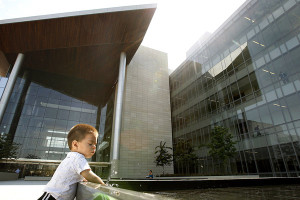By MARIA DINZEO
Gov. Brown Vetoes Limits On Court Outsourcing
Juvenile Court Issues Set For Dec. 4 ‘Summit’
Critics of how the Los Angeles Superior Court chose to close juvenile justice facilities may get a chance to air their concerns. The state court system is planning a Dec. 4 “statewide summit” hosted by Chief Justice Cantil-Sakauye and Superintendent of Public Instruction Tom Torlakson.
Called the Summit on Keeping Kids in School and Out of Court, it will bring experts to Anaheim to “… examine truancy and school discipline policies creating a ‘school-to-prison pipeline’ for California’s children and youth.”
The state website says the summit will be paid for, in part, by private companies but does not name the sponsors. Find out more here.
Backlogs Prompt Some Courts To Re-hire
Gov. Considering Major Court-Outsourcing Bill
You can read the report here.
Caseload Report Out, Will Have Budget Implications
Courts Monitor Publisher Participates In New Film
Long Beach Courts Move To New Public-Private Built Building
Check out the story here.
Litigation Rush Brings Another Firm To L.A.
For anyone waiting more than a year for fairly basic civil litigation to find a day in court, we can welcome DOAR to the waiting room. Find their press release here.
